2025 – CHW
Some pictures of the now completed Burncoose Nurseries stand at the Chelsea Flower Show 2025.
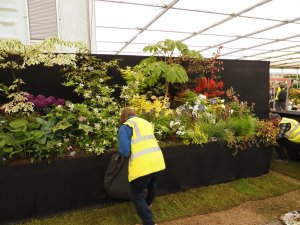
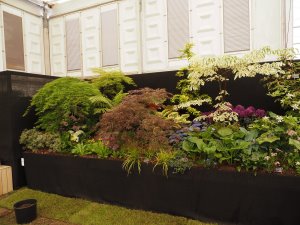
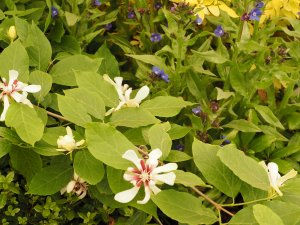
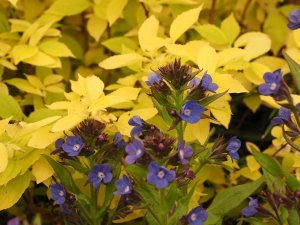
Azalea ‘Whitethroat’ on the drive. A pure double white and mid-season amongst the deciduous azalea varieties.
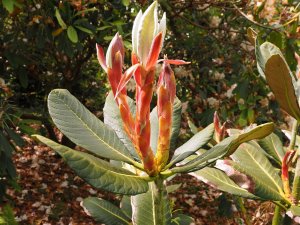
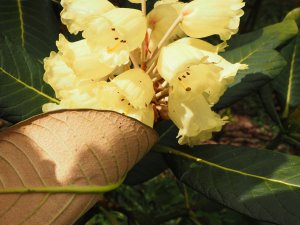
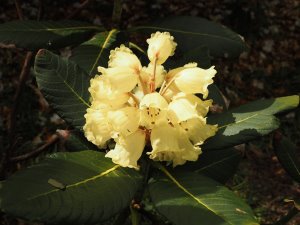
Photinia parvifolia flowering for the first time here. Hawthorn like! Our Photinia species collection is growing nicely. Only 2 more species to get to have the full list of those in the Hilliers catalogue. 16 species here now.
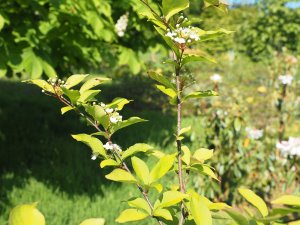
2022 – CHW
Despite some welcome light rain the woodland garden flowering of rhododendrons, camellias and (most) magnolias is now fast approaching the end of the season. Everything has been two to three weeks earlier than usual right through the spring even though the deciduous azaleas are only half out today and the styrax and stewartia have yet to start properly. The prunus are well over and the malus (mostly) nearing the end of their equally early season. Some aesculus are out but plenty of species to come. Chelsea departure on Saturday although the team have been on the showground since Tuesday.
Magnolia sieboldii ‘Pride of Norway’ – not much different, as I see it, to M. sieboldii ‘Michiko Renge’ apart from being a week or so later into full flower. I confess to not looking in the reference books for the differences.
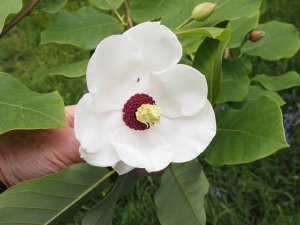
A present from the Rev Michael Warner of Thuja plicata ‘Whipcord’. A most peculiar plant which will never get very large and is suitable for a rockery or upraised bed.
Lord Sugar is not someone who one would normally find supporting the government but here is a missive from him taking aim at the BBC and negative political reporting of the pandemic which underlines the grim reality of how our journalistic elite have behaved. You can just hear them asking the questions listed here!
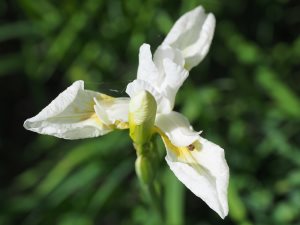
We start at 8am to finish off. Gerry with the final labels.
I have left this lot to fill the day as it will be another 48 hours before I can get decent quality (ie not mobile) ‘live’ pictures back from Chelsea.I first photographed flowers on Camellia x williamsii ‘Mary Jobson’ in December. Here are the last few flowers in late May still with a little scent. Six months flowering is not bad!
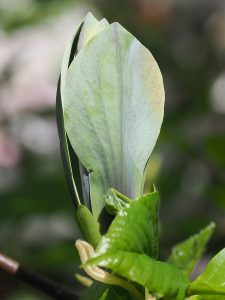
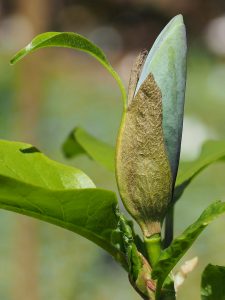
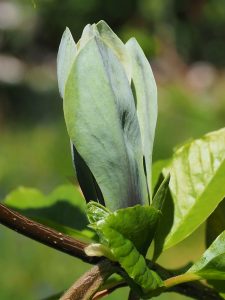
We arrive at the Chelsea Flower Show before midday. The stand is well on course to be ready for the judges at 7.30am on Monday and, barring incidents, will be virtually finished by Sunday. Gerry, Louisa and Jon have worked incredibly hard in the previous three days to get this far. The Rayner fountain at the centre of the stand has a burst pipe so Giles has to return from Oxfordshire to fix it. The cut stuff has travelled well and Rob proves to be a dab hand at floral arrangements. The Magnolia sieboldii is hellish to arrange properly in a vase.Karol starts to take some pictures of the developing stand.
Cut stuff all loaded on the lorry and on its way. Weather in London dry Saturday, wet on Sunday so it may well not open as much as we would like by Monday! Nothing we can do about it now of course except listen to the judges moan and criticise as sometimes they do. Photographed a really rare new plant for next year’s catalogue in the nursery today – Euptelia pleiosperma. Nice looking new growth and something to read up about after the rigors of Chelsea. Also the very striking but obviously tender Passiflora piresii with its bright red flowers.
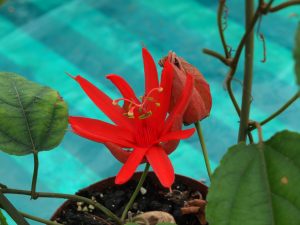
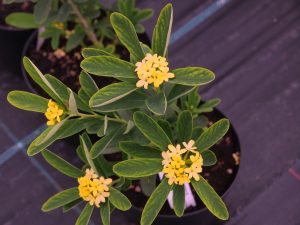
Daphne gemmata used to grow here in full shade by the playhouse or perhaps it was Daphne pontica? Nice but not exactly a woodland plant for Caerhays. It was the first daphne I ever saw and I had no idea what it was until I went to work at Windsor and discovered ‘daphnes’. Today we have here two or three forms of the short lived Daphne bholua varieties.
News reaches us at 6.30am that the stand has won its first GOLD medal in four years so I hurry into the show and start ringing the press and our PR people. Lots of the usual shrieks and kissing for some and tears and angry faces from others. We do not go in for any of that!

At 8am the first public are let in and we brace ourselves for the repetitive spiel about the Plant of the Year brandishing the order books. Helpfully the Plant of the Year stand with 10,000 leaflets per day is very close to us. We are on the front cover or rather the viburnum is.
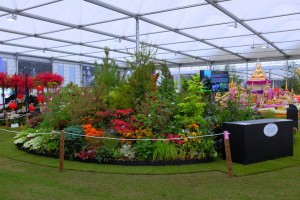
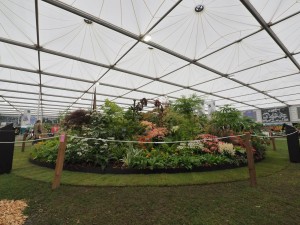
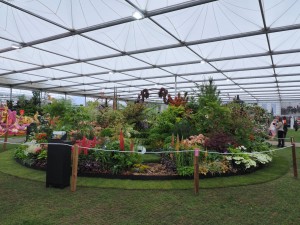
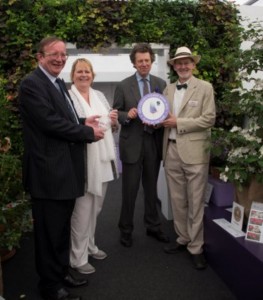
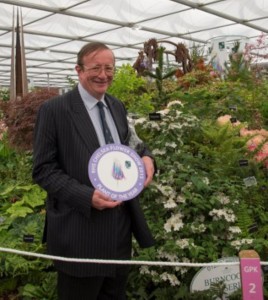
At midday Chris and I go off for the prize giving. Showers are forecast so instead of a trip to the bandstand the president (Nikko Bacon) comes in person to the Plant of the Year stand to make the presentation accompanied by Sue Biggs, the RHS Director General, who is exactly as her name implies. Yet more photos of the trophy which is Dartington glass and then to the Burncoose stand for more smiles and snaps. The public crowd in and I am glad not to have had a hangover after the gala night and be in bed by 10pm.
Plenty to celebrate after a hectic day talking to the punters so 5pm and the President’s Drinks are very jolly. Lots of friends and a few RHS ears to bend. Stagger off to Buckingham Palace for a private view of horticultural paintings in the Queens Gallery hosted by the Game Conservancy and Prince Philip. Very much the worse for wear by the end but no incidents that I recollect.
1941 – CW
First rain for weeks last night. Bracken cut by frost below 4 in Hand a few days ago. Auklandii at its best and Zealanicum hybrid. Mag wilsoni and nicholsiana just coming out. Also Azaleas. There are still flowers on Camellia speciosa but the last. The hybrids over. All small Azaleas very good.
1940 – CW
Mag nicholsiana at best but big one mostly over. Wilsoni fully out, Parviflora just first lot of flowers. Auklandii still good in places. Tally Ho just coming out and Azaleas at their best. Took 2200 odd flowers off the Rho orbiculare. It has layered itself. Rain badly wanted.
1932 – JCW
Augustinii very good in most places, and so are the Maddeni x Roylei. Mag speciosa and alba superba are very good.
1927 – JCW
Mag parviflora is very very good the big one, Nicholsoniana with about 9 flowers is very promising. Rhodo’s burnt out by the sun and dry air. Some Azaleas in the Hovel are nice.
1926 – JCW
Primula pulverulenta has been long of flower. May was open on April 24th. Blue beds at their best. Roylei cinnabarinum in the new planting is nice, also Rho zealanicum.
1906 – JCW
The first flower of Primula pulverulenta open.
1900 – JCW
Moved seven trumpets from the Kitchen Garden to the rose bed. No waterlilies.




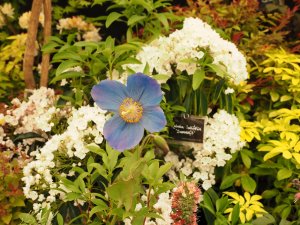
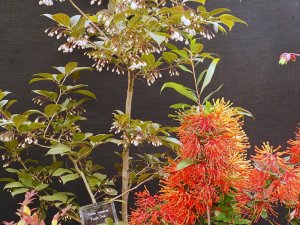
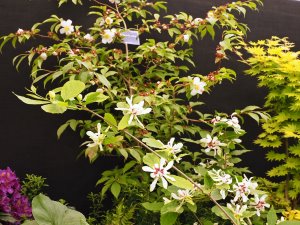
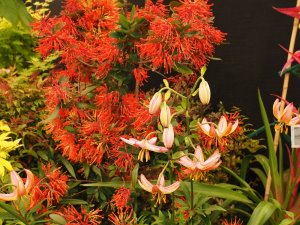
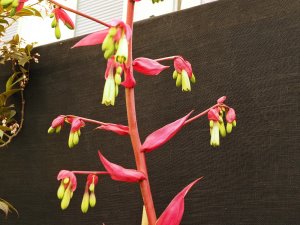
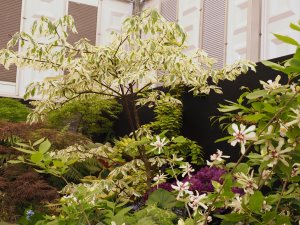
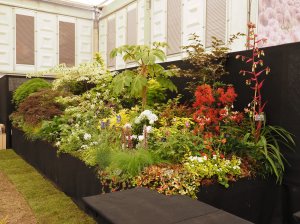
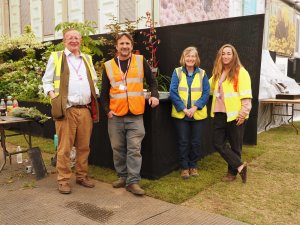
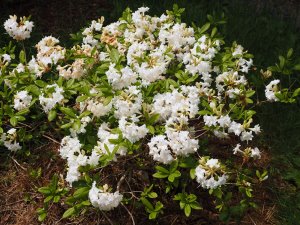
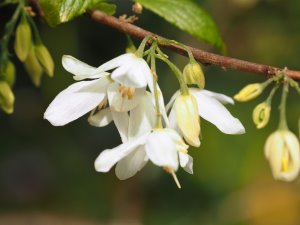
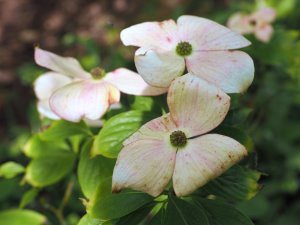
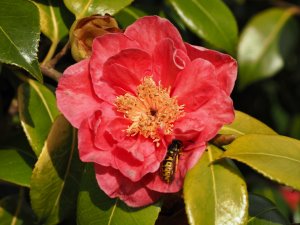
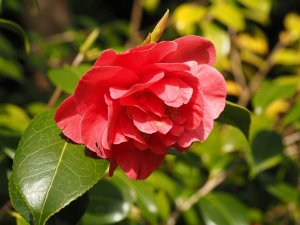
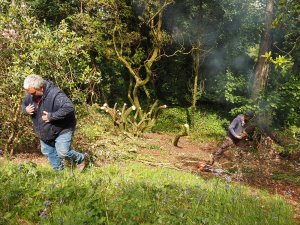
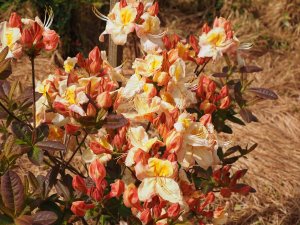
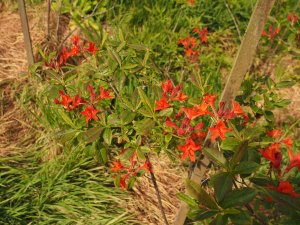
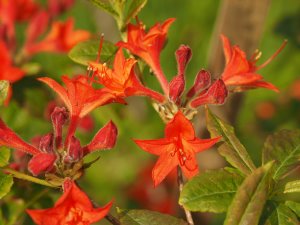
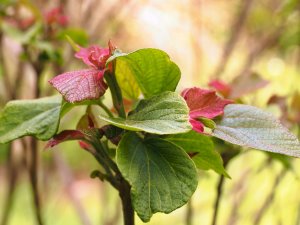
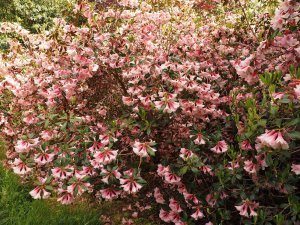
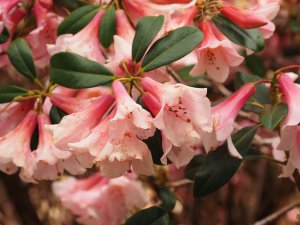
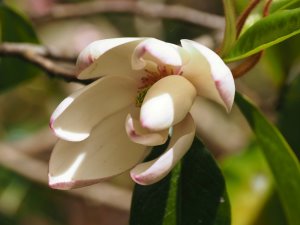
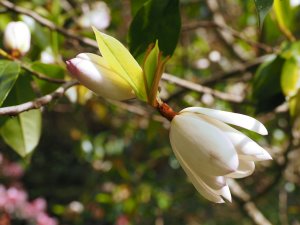
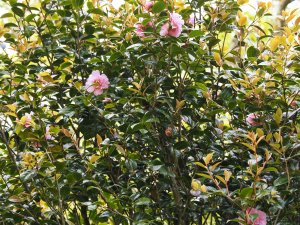
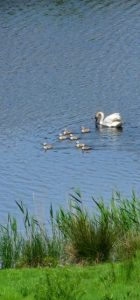
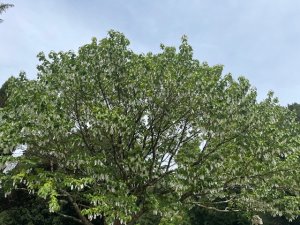

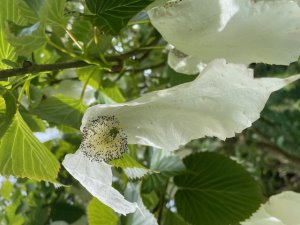
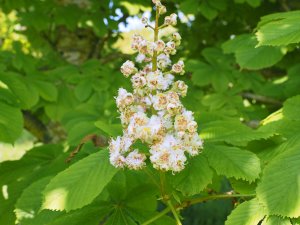
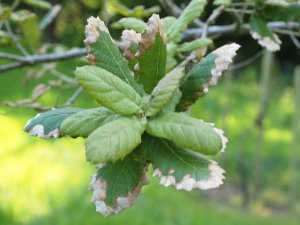
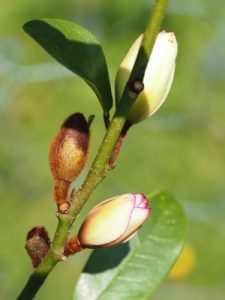
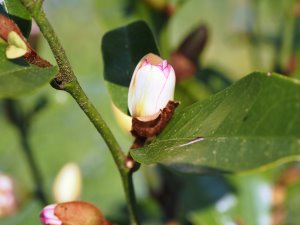

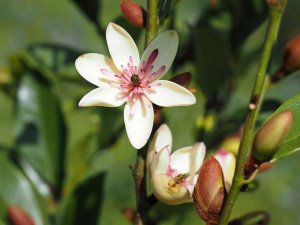
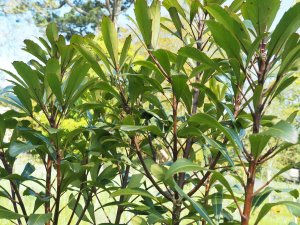

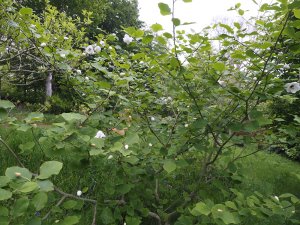
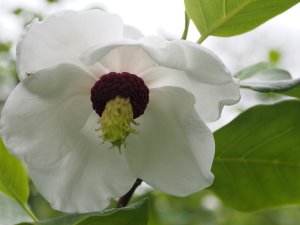
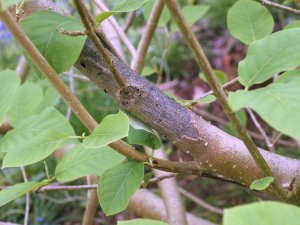
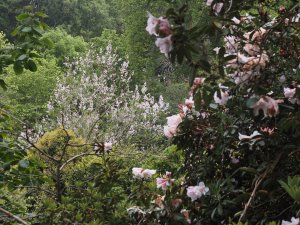
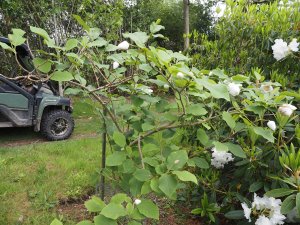
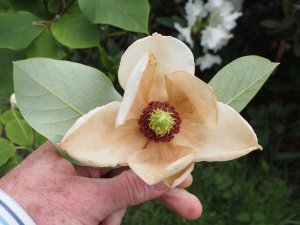
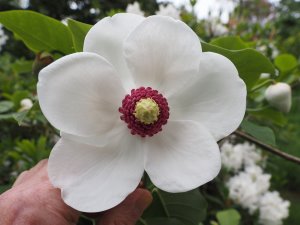
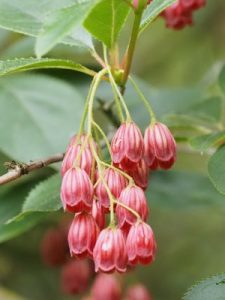
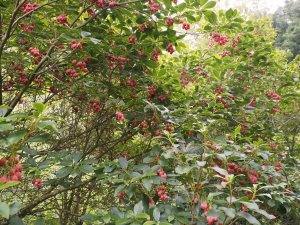
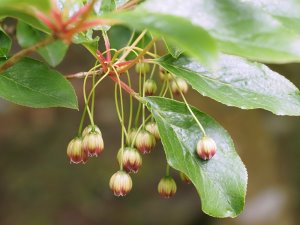
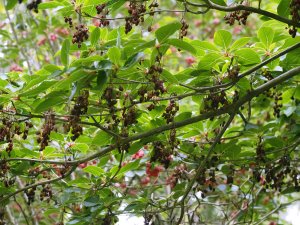
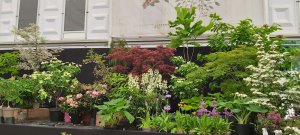
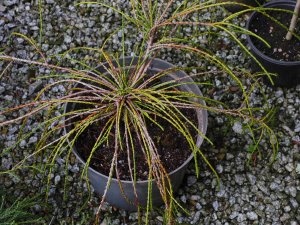
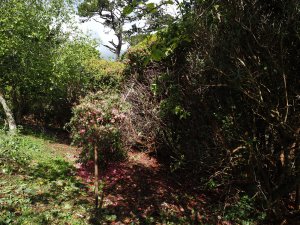
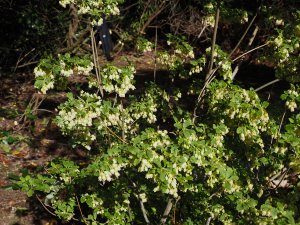
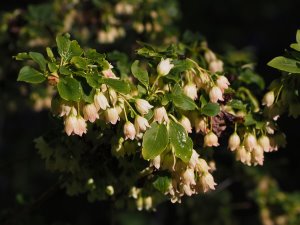
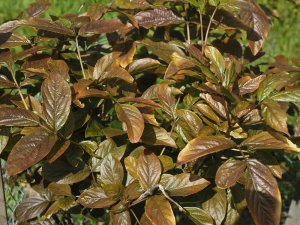
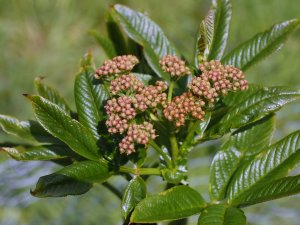
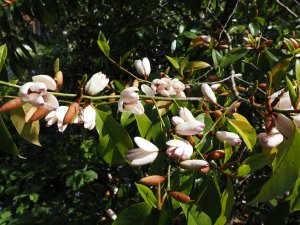
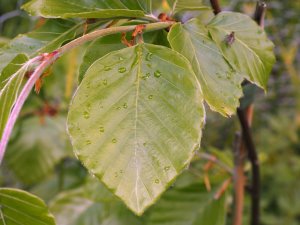
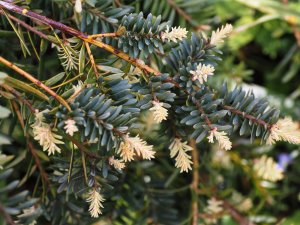
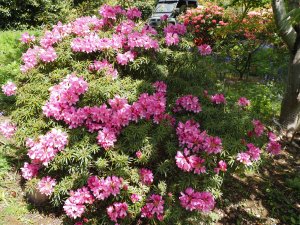
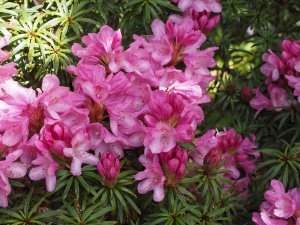
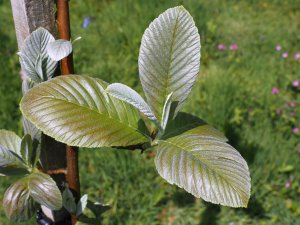
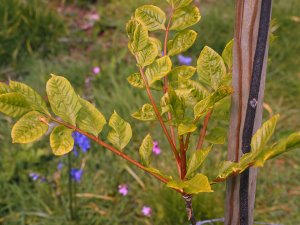
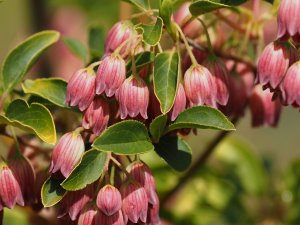
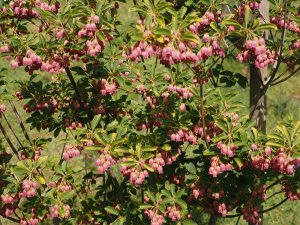
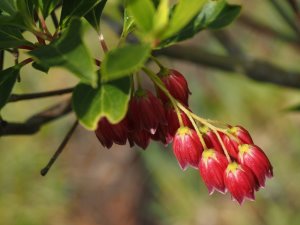
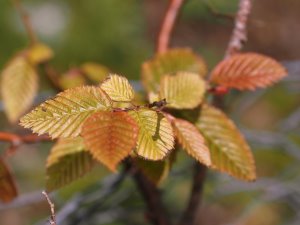


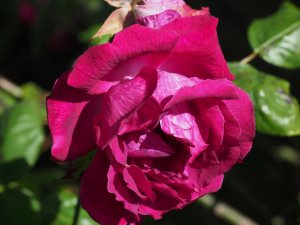
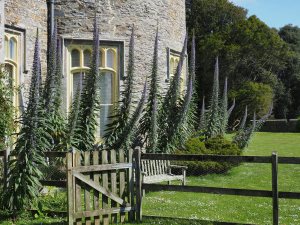
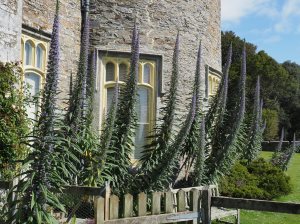
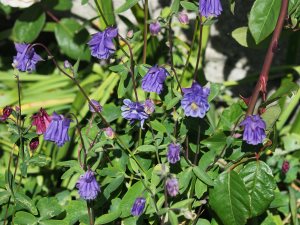
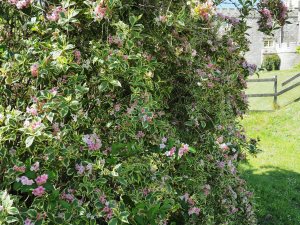
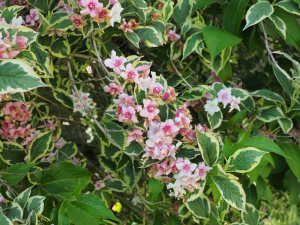
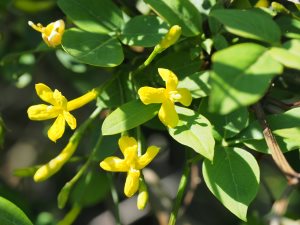
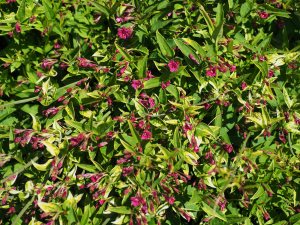
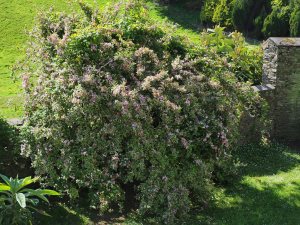
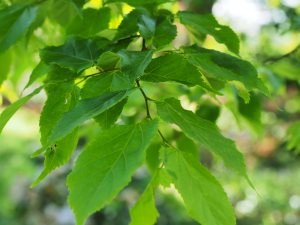
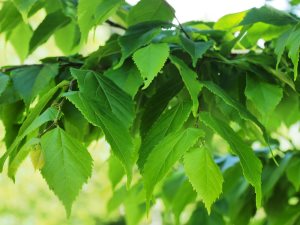
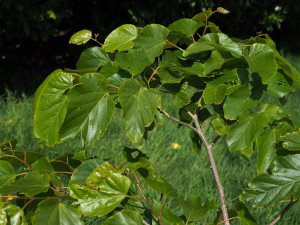
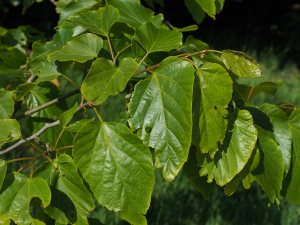
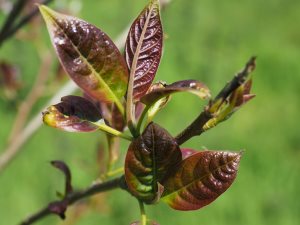
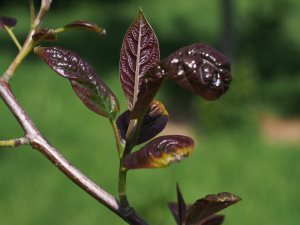
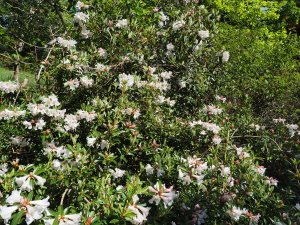
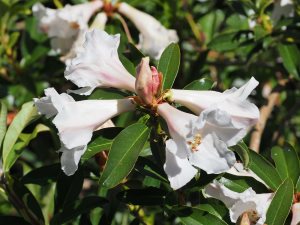
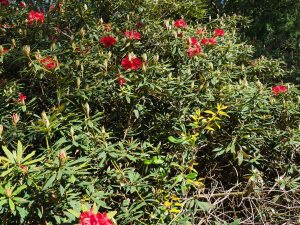
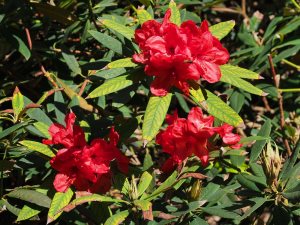
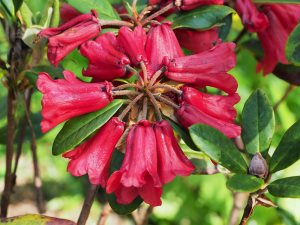
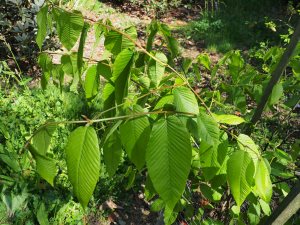
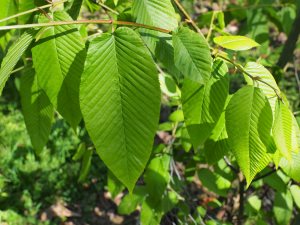
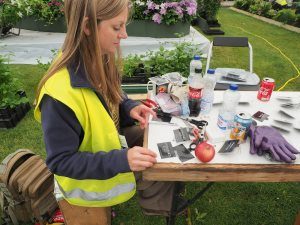
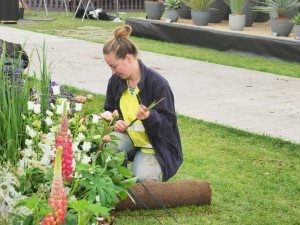

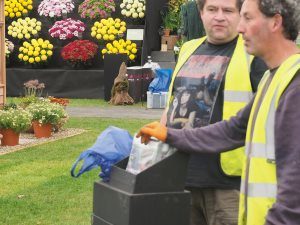
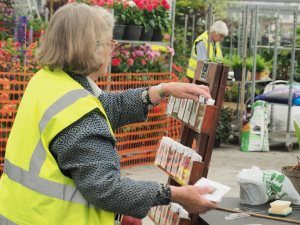
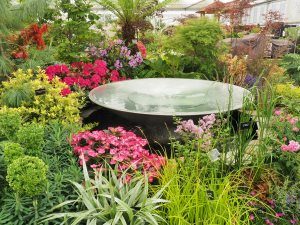
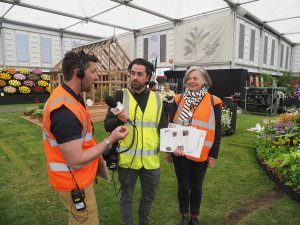
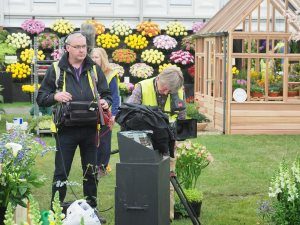
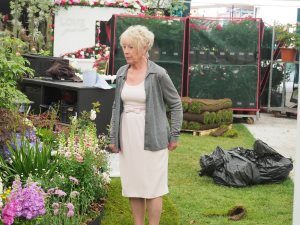
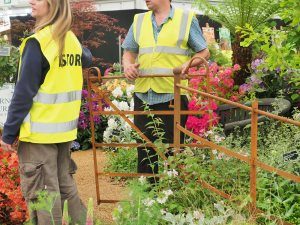
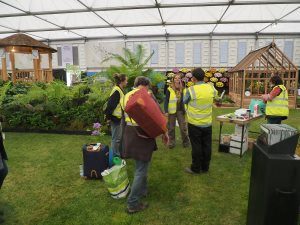


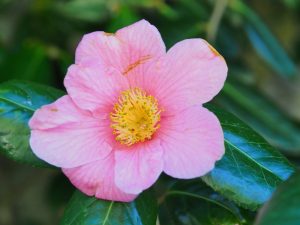
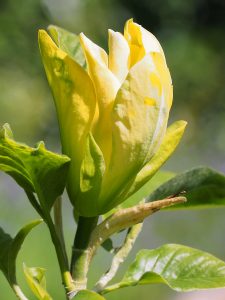
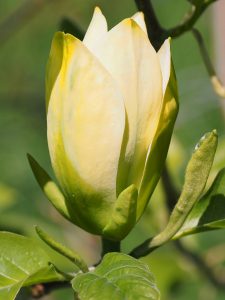
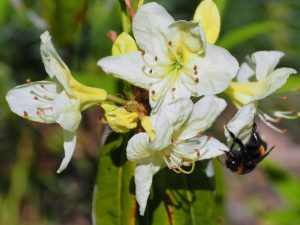
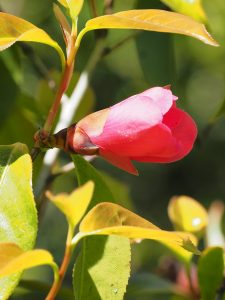
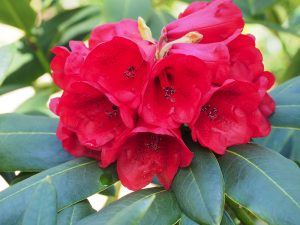
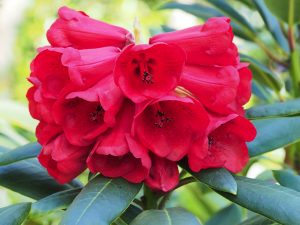

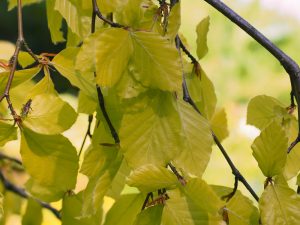
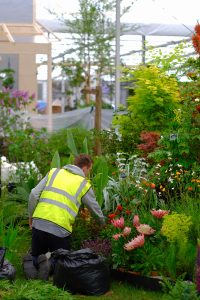


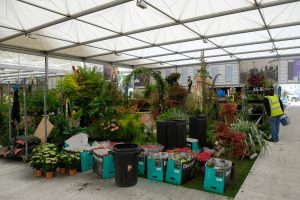
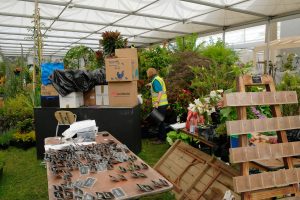
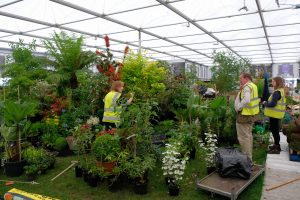
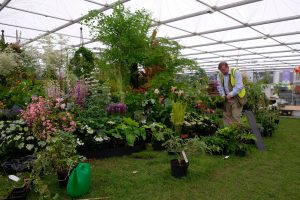
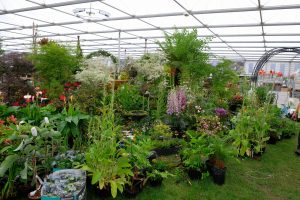
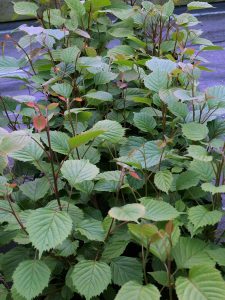
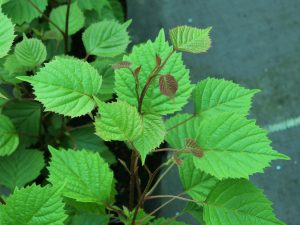
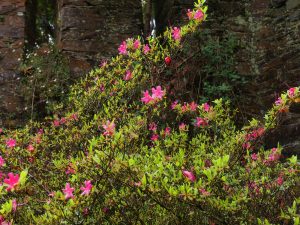
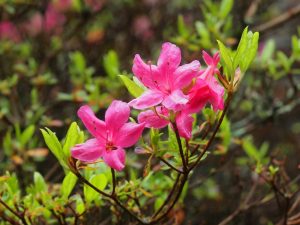
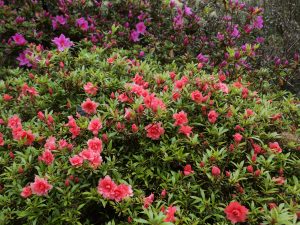
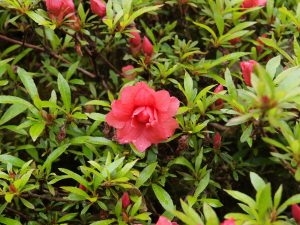
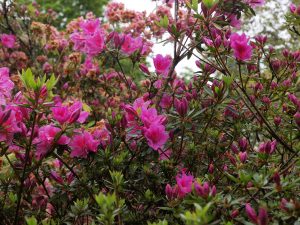
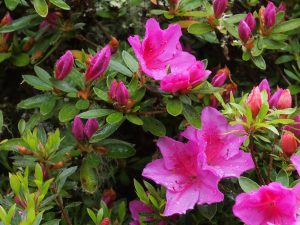
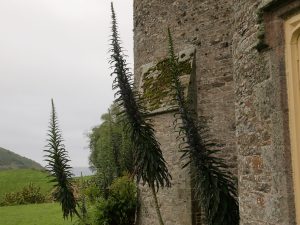
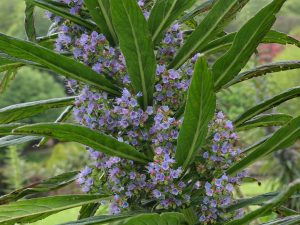
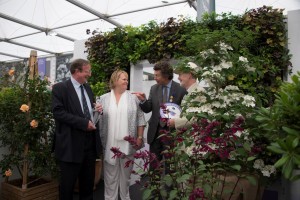
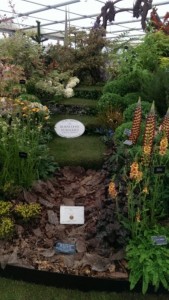
Congratulations Charles on another herculean effort and hugely amusing blog. I bet it was hellish hot in that marquee. Look forward to seeing the pictures.